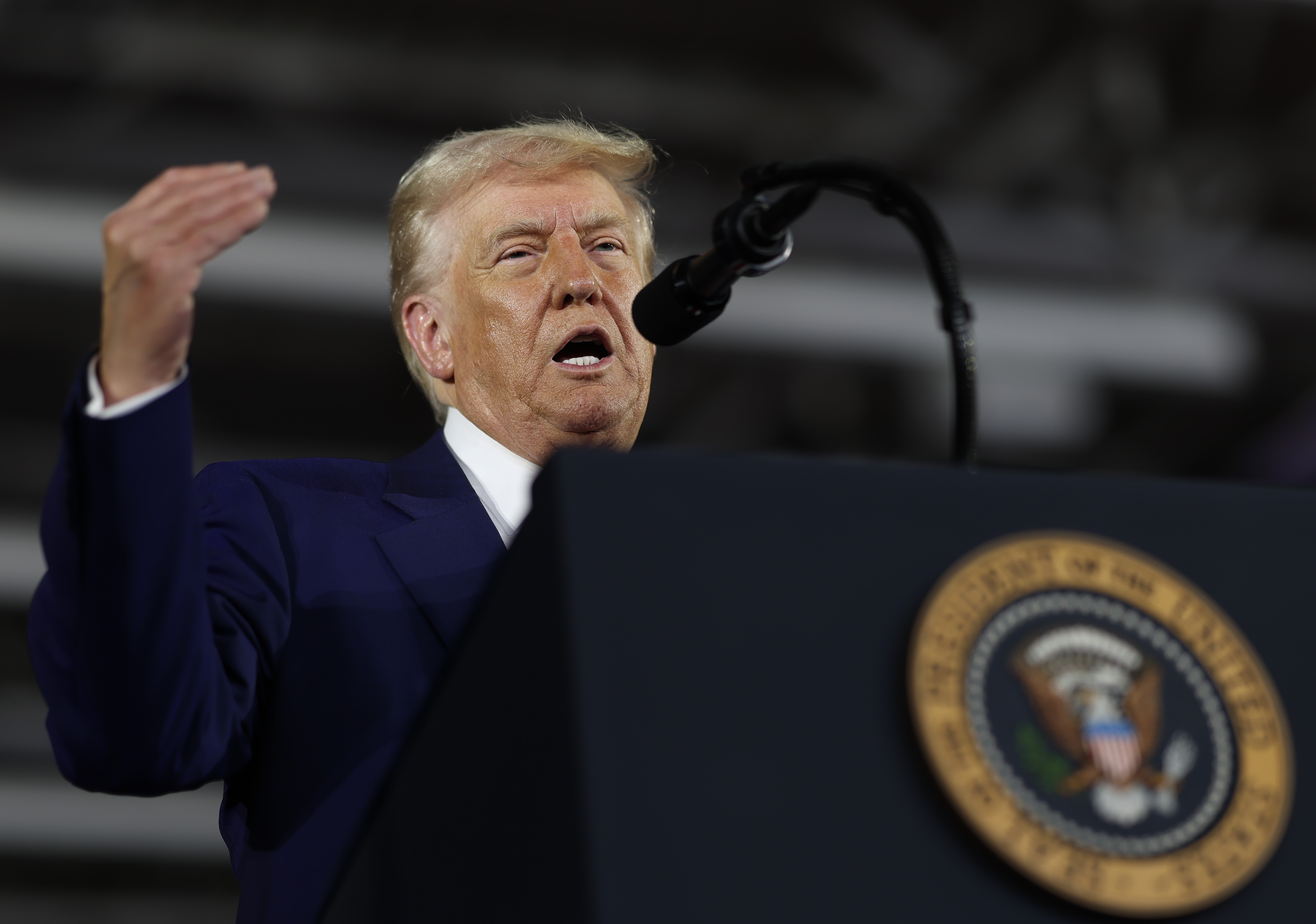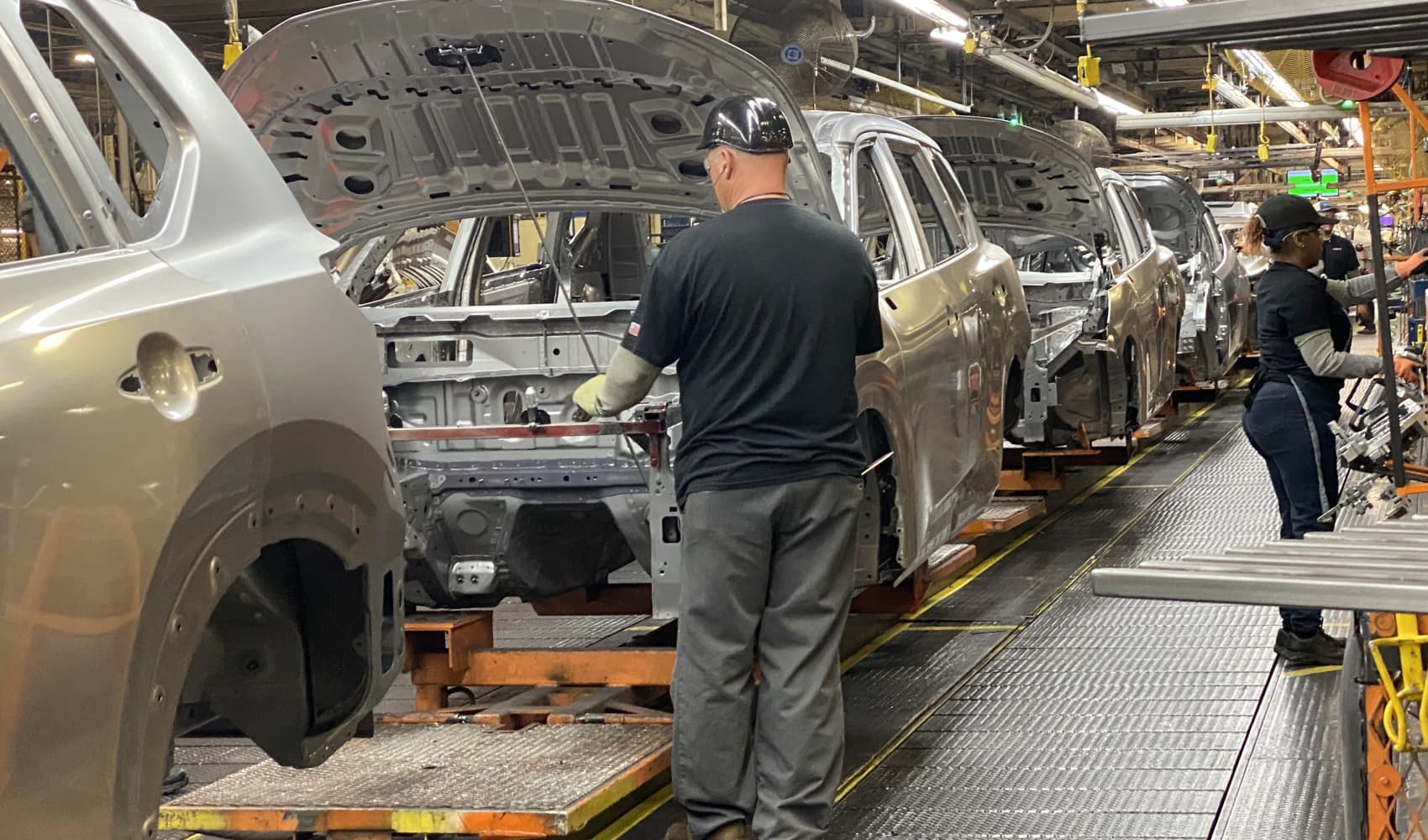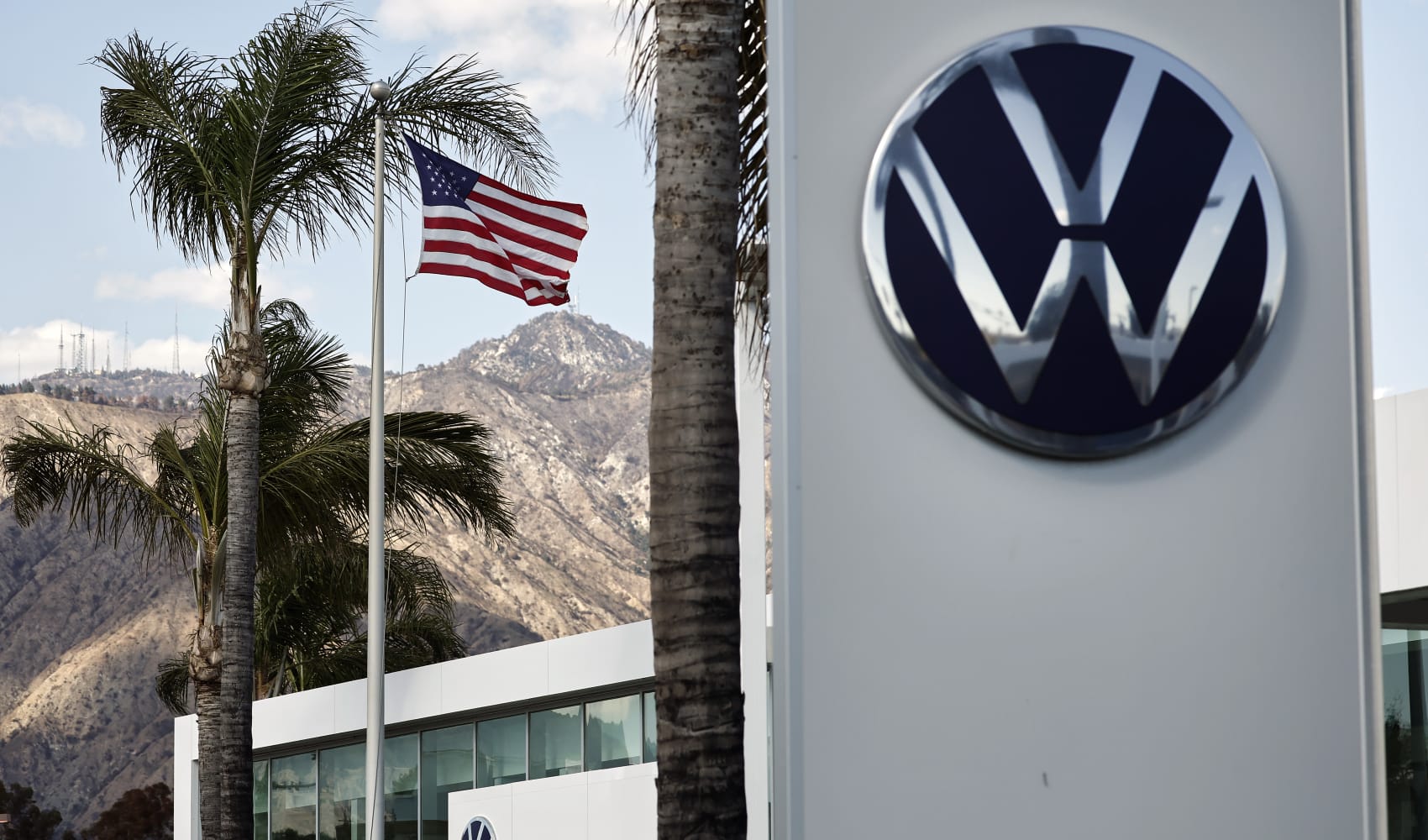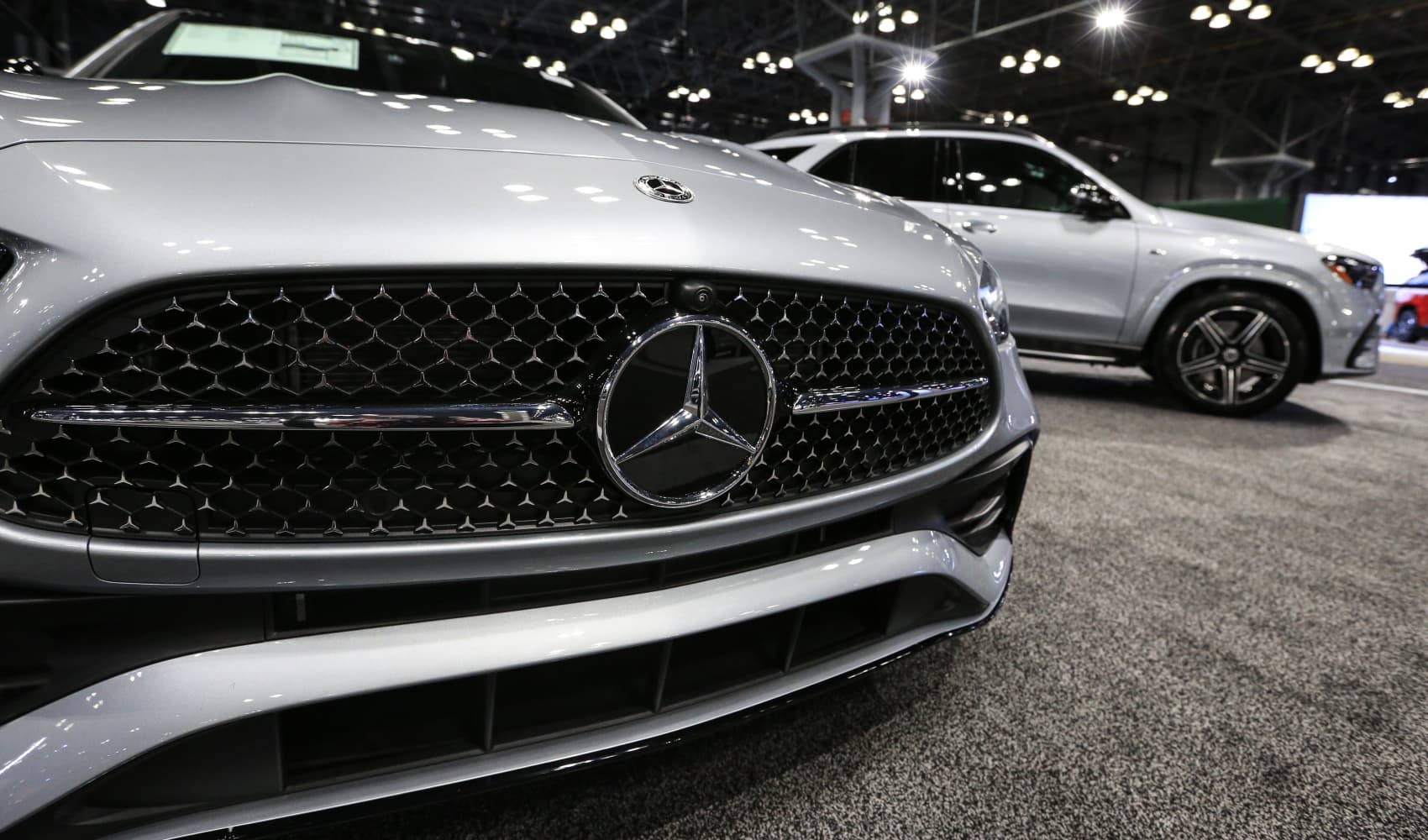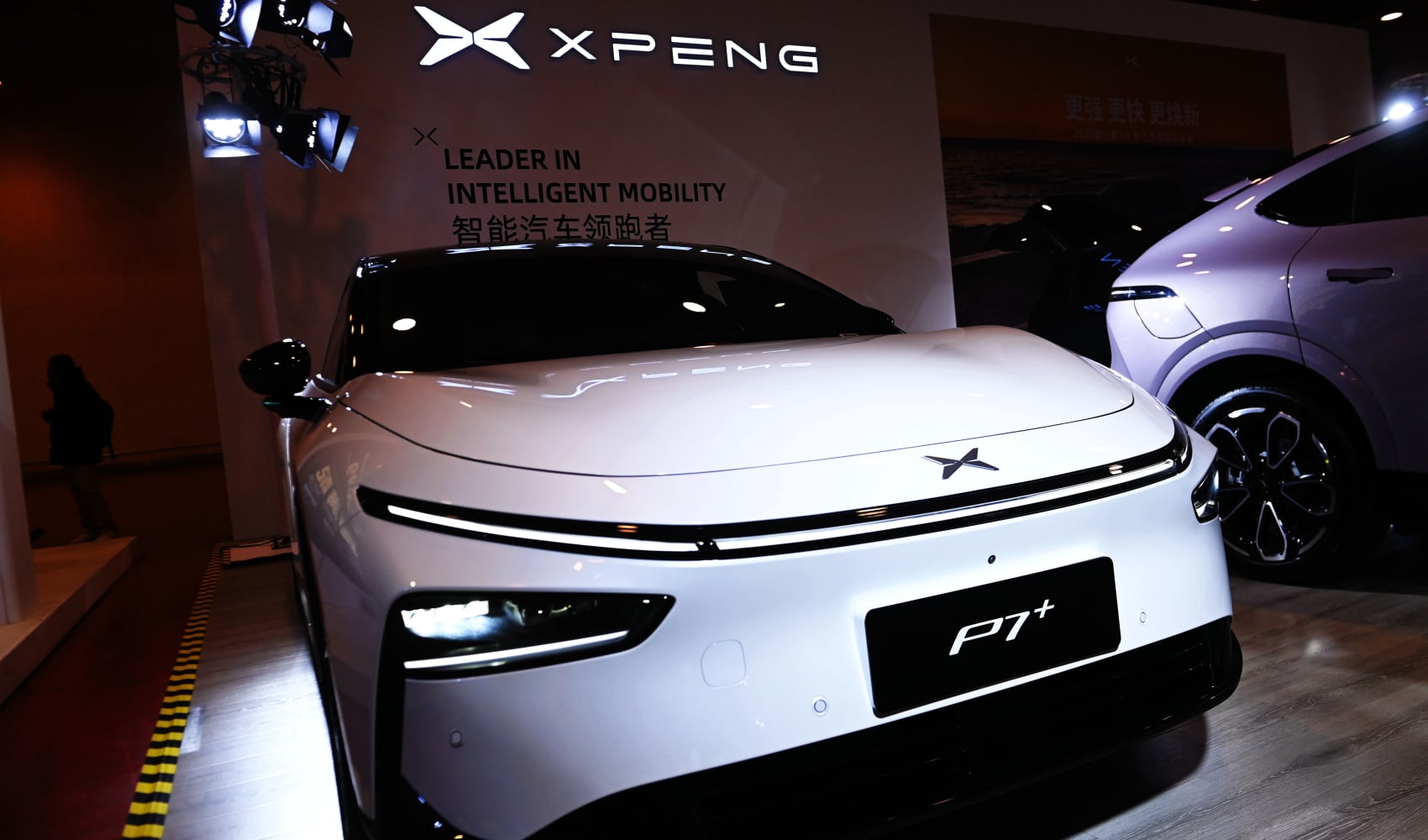Trump's Michigan Rally: 100 Days & the Battle for the State
Trump Rallies in Michigan: 100 Days and a Battleground State
Introduction: A Look Back and a Glimpse Ahead
Alright folks, buckle up! It's been 100 days (give or take, depending on when you're reading this!) since President Trump began his [Second Term, or current endeavor]. And where better to mark the occasion than in Michigan, a state that played a pivotal role in his [election/previous success]? Michigan, a heartland state, remains a key battleground, making it a strategic location for a rally. This isn't just a victory lap; it's a strategic move, a signal of intent for the future.
The 100-Day Scorecard: What Has Trump Accomplished?
So, what's on the President's 100-day report card? Well, depending on who you ask, you'll get a very different answer! But let's dive into some of the key areas that were highlighted during the Michigan rally.
Immigration: A Central Theme
Immigration, unsurprisingly, took center stage. President Trump doubled down on his policies, emphasizing border security and stricter enforcement. Remember the campaign promises? Well, he's reminding everyone that he's sticking to his word (or at least trying to!). Whether you agree with his approach or not, it's clear that immigration remains a cornerstone of his platform.
Michigan Matters: A Delicate Balance
Michigan isn't just a backdrop; it's a character in this political drama. Winning the state was crucial in [previous election/endeavor], but it also faces unique challenges.
Meeting with Governor Whitmer: Bridging the Divide?
Interestingly, President Trump met with Michigan's Democratic Governor, Gretchen Whitmer. This face-to-face encounter could be seen as an attempt to foster a working relationship, even across party lines. After all, governing requires collaboration, even when disagreements exist. Or, perhaps it was a photo-op. You decide!
The Tariff Tightrope: Auto Industry Impact
Here's where things get tricky. Michigan's auto industry is vital to the state's economy. Trump's tariffs, particularly on imported cars and auto parts, have had a significant impact, creating a complex economic landscape. Are these tariffs a necessary evil, protecting American jobs? Or are they a hindrance to growth and competitiveness? It's a question that weighs heavily on the minds of Michigan voters.
Amazon Under Fire: The Tariff Tussle Extends
The economic sparring match isn't limited to the auto industry. The White House reportedly took aim at Amazon, following reports that the tech giant was considering adding tariff charges to its retail site.
The Amazon Response: Damage Control?
An Amazon spokesperson quickly clarified that while the idea had been discussed, it was never implemented. Was this a preemptive strike by the White House, or a case of overblown rumors? It highlights the tension between the administration and major tech companies.
Rally Rhetoric: Energizing the Base
Let's be honest, political rallies are more about energizing the base than converting undecided voters. So, what kind of rhetoric was on display in Michigan?
America First: The Unwavering Message
The "America First" mantra remains a central theme. This is about prioritizing American interests, American jobs, and American security, according to the President. It's a message that resonates strongly with many voters, particularly in the industrial Midwest.
Us vs. Them: Defining the Narrative
Rallies often involve a bit of "us vs. them" rhetoric. It's a way to galvanize supporters and create a sense of shared identity. Whether it's criticizing the "elite media," or highlighting perceived threats from foreign powers, this tactic is a staple of political campaigns.
Michigan's Significance: A Political Barometer
Why all the fuss about Michigan? Because it's a bellwether state, a place where elections are often won or lost.
Flipped from Blue to Red: A Recent History
Michigan was one of the battleground states that Trump flipped from the Democratic column. This victory was a key factor in [previous election/success], demonstrating the state's political volatility. It’s a prime target for both parties.
The Rust Belt Revival: A Promise Unfulfilled?
Remember the promise of a "Rust Belt revival"? Has it materialized in Michigan? The answer is complex, with some sectors thriving while others struggle. The perception of economic progress (or lack thereof) will undoubtedly influence voter sentiment.
Beyond the Rally: The Broader Political Landscape
The Michigan rally is just one piece of a much larger puzzle. What else is happening in the political world?
Midterm Mania: Looming Elections
With midterm elections on the horizon, every rally, every speech, every policy decision is viewed through a political lens. The stakes are high, and both parties are vying for control.
The Media Maze: Navigating the News Cycle
In today's hyper-connected world, the media plays a crucial role in shaping public opinion. Navigating the news cycle, controlling the narrative, and responding to criticism are all essential tasks for any political campaign.
Looking Ahead: What's Next?
So, what can we expect in the coming months? More rallies, more speeches, and more political maneuvering. The battle for Michigan (and other key states) is far from over.
Conclusion: Key Takeaways from the Michigan Rally
The Michigan rally served as a reminder of President Trump's core message and his continued focus on key issues like immigration and the economy. The visit also highlighted the complex relationship between the administration and the state, particularly in light of tariffs and their impact on the auto industry. Ultimately, the rally was a strategic move aimed at energizing the base and solidifying support in a crucial battleground state.
Frequently Asked Questions (FAQs)
Here are some frequently asked questions about the Trump rally in Michigan:
- Q: Why did President Trump choose Michigan for his 100-day rally?
- A: Michigan is a crucial swing state that Trump won in [previous election/endeavor]. It's a strategic location to rally support and signal his continued focus on the region.
- Q: What was the main focus of President Trump's speech at the rally?
- A: The main focus was on his administration's accomplishments, particularly on immigration and border security, as well as economic policies like tariffs.
- Q: How have Trump's tariffs affected Michigan's auto industry?
- A: Trump's tariffs on imported cars and auto parts have created a complex economic situation in Michigan, with some arguing they protect American jobs while others claim they hinder growth.
- Q: Did President Trump address concerns about the economy during the rally?
- A: Yes, he emphasized his administration's efforts to boost the economy and create jobs, but criticisms and opposing viewpoints exist.
- Q: What's next for President Trump's campaign efforts in Michigan?
- A: Expect continued campaigning in Michigan, with a focus on solidifying support in key demographics and addressing local concerns, particularly relating to the economy and job creation.
